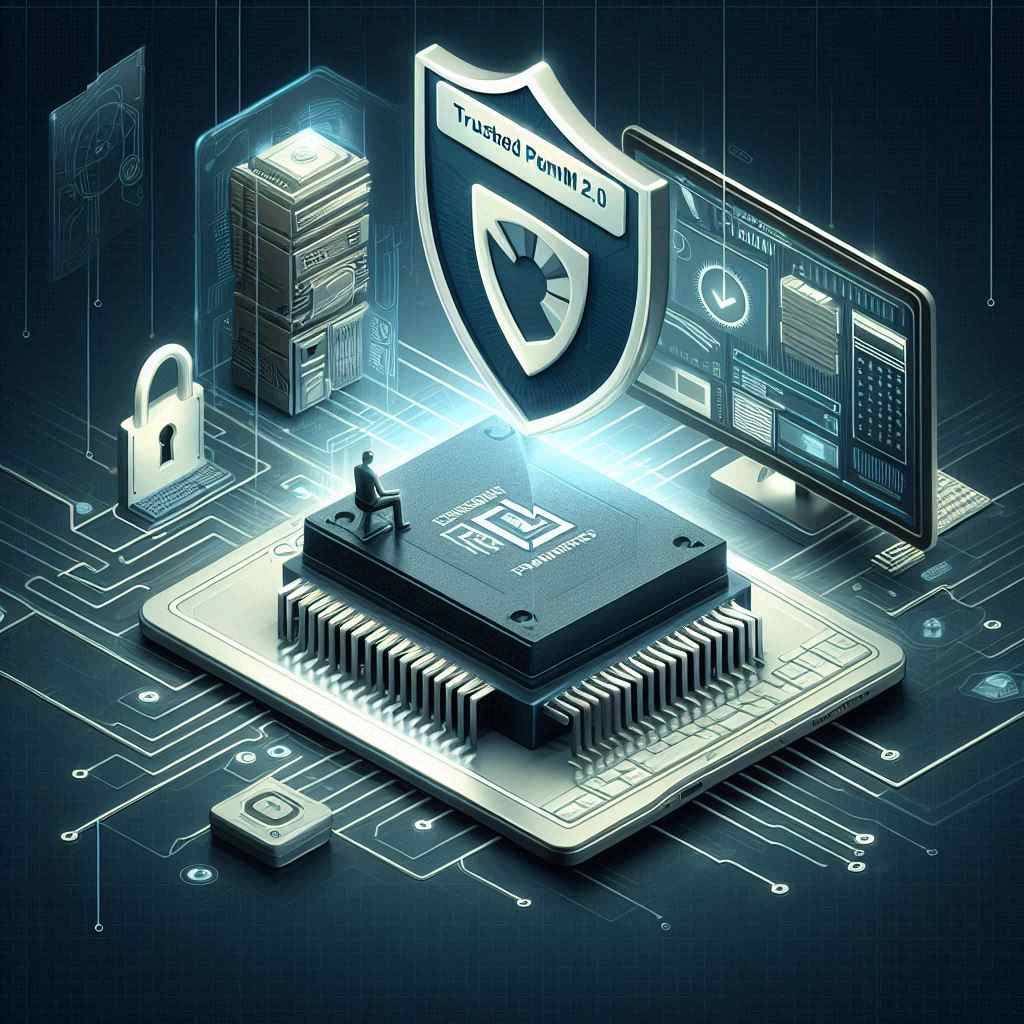As technology advances, so does the need for robust security measures. One essential component of modern computing security is the Trusted Platform Module (TPM) 2.0. If you’re curious about what TPM 2.0 is, its purpose, and how it works, this guide will provide you with a comprehensive understanding.
What is TPM 2.0?
TPM 2.0 is a hardware-based security module embedded in many modern computers and devices. It can also exist as a firmware-based solution (fTPM). Its primary function is to enhance device security by safeguarding sensitive data and ensuring the integrity of the system’s startup process.
Key Objectives of TPM 2.0:
- Securely store cryptographic keys and credentials.
- Protect data through encryption and decryption.
- Verify the integrity of the operating system and applications during startup.
Core Functions of TPM 2.0
1. Cryptographic Key Management
TPM generates and securely stores cryptographic keys, ensuring that sensitive operations like encryption and decryption are performed in a protected environment.
2. Secure Boot
TPM verifies the integrity of the boot process, ensuring the operating system and its components are unaltered and safe to load.
3. Integration with BitLocker
Microsoft’s BitLocker encryption leverages TPM to manage and secure encryption keys, enabling automatic encryption without user intervention.
4. Platform Authentication
TPM records the hardware and software state of a device, making it possible to authenticate the device securely in remote or enterprise environments.
Differences Between TPM 1.2 and TPM 2.0
Expanded Algorithm Support
- TPM 1.2: Limited to RSA and SHA-1.
- TPM 2.0: Supports modern cryptographic standards like ECC and SHA-256, providing enhanced security and flexibility.
Broader Applications
- TPM 2.0 is designed to support diverse platforms, including IoT devices and mobile systems, making it more versatile than its predecessor.
Why is TPM 2.0 Important?
Windows 11 Compatibility
Microsoft has made TPM 2.0 a mandatory requirement for Windows 11, raising the security baseline for PCs. This ensures features like BitLocker encryption and Secure Boot are fully functional.
Enterprise Security
Organizations use TPM to enforce security policies, secure remote connections, and manage cryptographic operations at a hardware level.
IoT and Smart Devices
TPM enhances the security of IoT devices, making it harder for attackers to compromise these often-targeted systems.
How to Enable TPM 2.0
If your computer supports TPM 2.0 but it’s not enabled, you can activate it through the BIOS/UEFI settings.
Steps to Enable TPM 2.0:
- Restart your computer and enter the BIOS/UEFI setup (usually by pressing F2, Del, or a similar key during startup).
- Navigate to the Security section.
- Locate the TPM setting and enable it.
- Save changes and exit the BIOS/UEFI.
Note: Always back up your data before making changes to your BIOS/UEFI.
Using TPM 2.0 Offline
While TPM excels in online security contexts, it also provides benefits offline. For example, encrypted data stored on a device remains protected even if the device is physically stolen.
Limitations of TPM 2.0
Hardware Dependency
Older devices may lack TPM 2.0 support, requiring a hardware upgrade or new PC purchase.
Compatibility Issues
Systems equipped with TPM 1.2 may need additional configuration to meet modern requirements like Windows 11.
Conclusion
TPM 2.0 is a cornerstone of modern device security, offering robust protection for personal and enterprise environments. Its ability to manage cryptographic keys, secure the boot process, and integrate with features like BitLocker makes it indispensable for current and future computing needs.
For users considering an upgrade or seeking better security, ensuring your device supports TPM 2.0 is a critical step. If you’re unsure about your current setup, take the time to check your system’s specifications and enable TPM if it’s available.


